CARS.COM — Minivans have an image problem. It’s a shame, because they may be the ultimate utility vehicles. I recently mused that they might be better than pickup trucks, at least for family use. (Let’s not pretend that the growth in pickup sales — and cab size — is solely about contractors and other working/hauling/towing folks.)
Related: 2017 Chrysler Pacifica Family Road-Trip Review
To put my theory to the test, below I compare several aspects of a minivan and a full-size half-ton pickup. I keep it honest by addressing the wide range of truck types, but as specific examples I’m putting our Best of 2017 Chrysler Pacifica minivan up against a popular consumer choice: a crew cab with a short wheelbase and short box, which comes close to a minivan’s size, usability and price, especially when equipped with a base V-6. To eliminate any considerations that would creep in between competing manufacturers, our pickup is from Ram, a Fiat Chrysler Automobiles division.
Though higher trim levels appear in the accompanying photos, you can get a (rather stripped) 2017 Ram 1500 Tradesman 4×2 for $34,390, not far from the base 2017 Pacifica $30,090 LX (prices include destination charges). Line up their specifications side by side here. You might be surprised to see how close they are …
Passengers
Winner: Van
Even with a crew cab — the largest type and the one most likely to appeal to consumers — pickup trucks max out at six occupants when equipped with a front bench seat, if available. A total of five is more common with front buckets. Minivans seat seven or eight, depending on whether they have captain’s chairs or a bench as a second row.
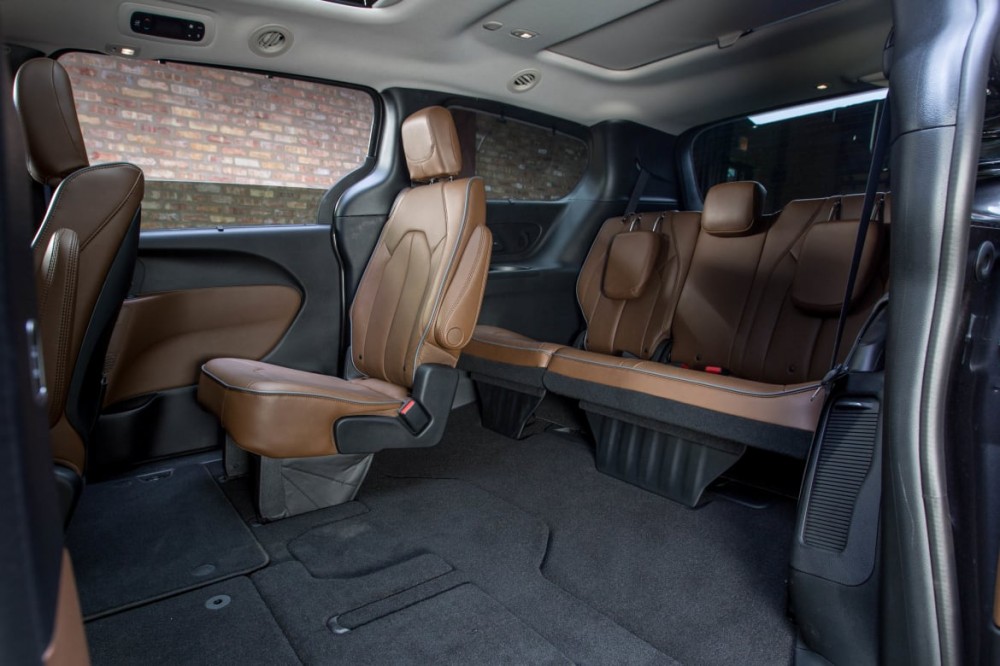
The Ram 1500’s cabin volume is 125 cubic feet. The Pacifica’s first two rows alone aren’t far behind at 117.6 cubic feet, and it’s 165 cubic feet for all three rows. Even the seating dimensions are comparable — within 1/10th of an inch of front legroom for our Chrysler and Ram, though the Ram has 0.9 inch more front-seat headroom. In the backseat, the pickup’s legroom advantage grows to 1.3 inches, but its headroom superiority comes down to 0.3 inch. The Ram offers more front hip and shoulder room than the van but splits the difference in the backseat. We’re talking about roughly 3 inches here, 2 inches there — divided by three seats. Not a big deal.
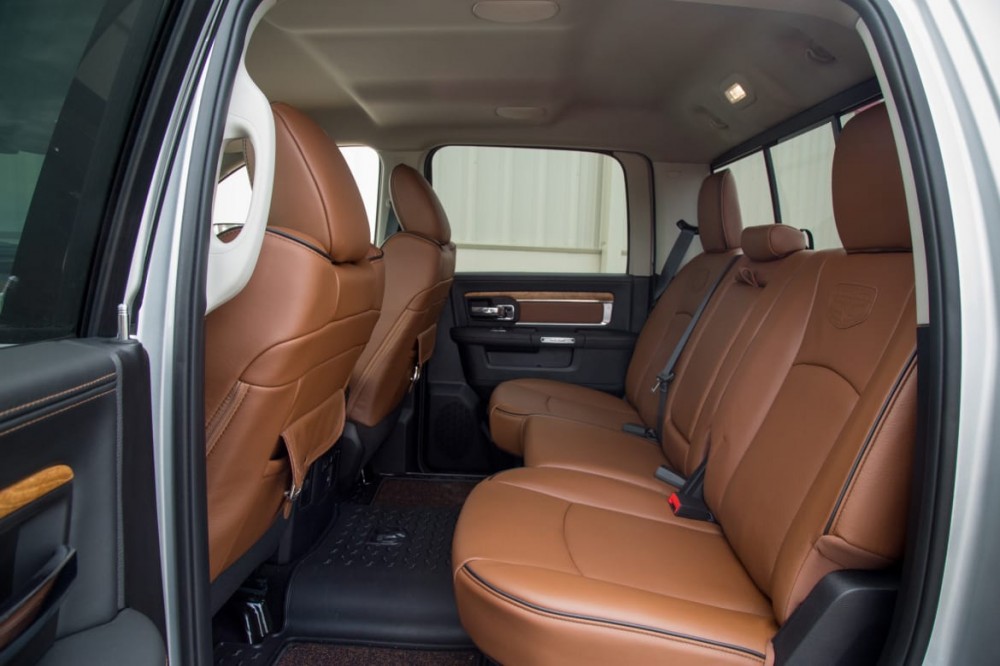
Hauling Cargo
Winner: Tie
There are pros and cons to both vehicles, but the van’s big plus is its ability to carry large items fully contained. Pickups are the choice of construction workers, but it’s the standard minivan that typically can accommodate 4-by-8-foot sheets of building material such as drywall or plywood. (With our Pacifica’s easy Stow ‘n Go second-row seats, it’s a cinch.) Contrast our pickup truck example that has a 5-foot-7-inch cargo bed, and at best you’re running with the tailgate down and a half-foot of stock still hanging off the end. For a longer bed you need a smaller cab or a longer wheelbase, which doesn’t compare as closely to the minivan in passenger space or exterior size and price.
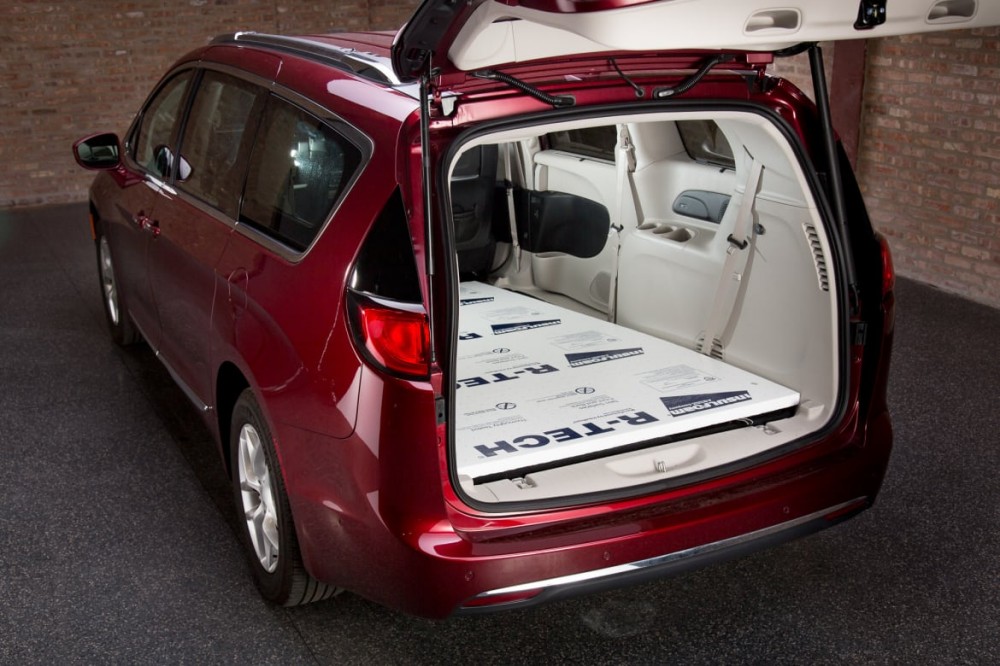
Where the pickup excels is in carrying tall, bulky, dirty or potentially destructive items you wouldn’t want inside the van, even if properly secured. A fueled all-terrain vehicle? That’s going in the pickup bed. But anything you want protected from the elements (especially rain or snow), and secure, is better off in the van. To be fair, a good bed cover can help protect some types of cargo in a pickup bed, and you can’t discount how large the cabin space is in the back of a crew cab (the seats flip up and an optional load floor can flip forward). It all depends on the use, but the vehicles’ capabilities are mighty close for a family buyer’s needs.
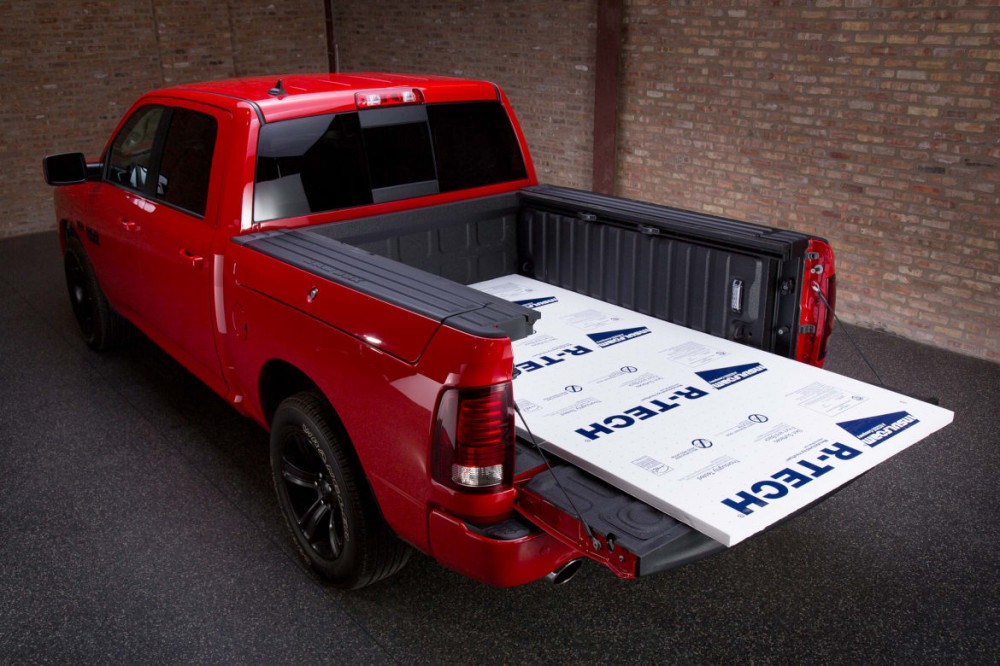
Payload and Towing
Winner: Pickup
Staying true to our comparison of similar vehicles, the V-6-powered Ram 1500 crew cab with a 5-foot 7-inch bed has a 1,820-pound payload rating when equipped with two-wheel drive. (Payload is what you carry inside the vehicle, not in an attached trailer.) But if you add a V-8 engine, the spec drops to 1,680 or 1,700 pounds, depending on the axle ratio. Add four-wheel drive to the pickup, and its payload drops to 1,630 pounds with a V-6, which is the best you can get with this cab style; larger engines only decrease its payload.
I subtracted the Pacifica’s curb weight from its gross vehicle weight rating and arrived at a calculated payload rating of 1,675 pounds — eureka! Close to the pickup! But this isn’t the most reliable way to determine payload capacity. Sure enough, the Pacifica’s door sticker states “the combined weight of occupants and cargo should never exceed 1,240 pounds.” For simplicity, let’s say we have a 240-pound driver, which leaves 1,000 pounds left for payload. That equals about 20 sheets of half-inch-thick drywall at roughly 50 pounds per sheet. You could haul 25 sheets of lighter half-inch plywood or 15 sheets of heavy medium-density fiberboard. Not bad for consumer use — or even a smaller construction job, absent any other cargo.
If you want to tow a trailer, pickups again have an edge. With our example’s V-6 and crew cab, its maximum trailer rating is among the Ram 1500’s lowest at 4,510 pounds. Smaller cabs and larger engines move the max higher, as much as double. The Pacifica can tow up to 3,600 pounds.
Acceleration
Winner: Pickup
Pickups win this one primarily because they offer a wide range of engines, including beefy V-8s. But they don’t run away with it. The last time we tested a 4×2 Ram 1500 (a Quad Cab) with the V-6, it did zero-to-60 mph in 7.6 seconds. We learned in our recent test against a sports car that the Pacifica Touring L Plus does it in 8 seconds. This wasn’t a direct head-to-head with matched conditions, but you can see they’re clearly in the same ballpark. Add four-wheel drive to the V-6 pickup, and it becomes slower.
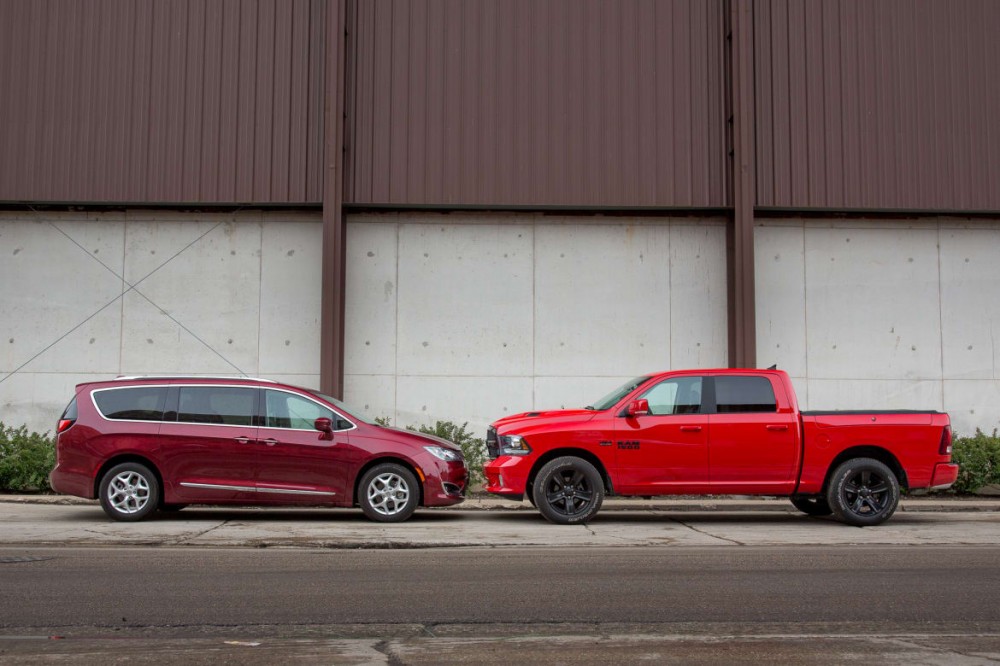
Parking and Maneuverability
Winner: Van
Minivans aren’t small, but they use space efficiently. The Pacifica and Ram 1500 crew-cab short bed are essentially the same width, but the Pacifica is about 2 feet shorter from bumper to bumper at just under 17 feet. Turning circles are essentially the same with two-wheel drive. The Pacifica’s turning diameter is 39.7 feet. The Ram 1500’s is 39.5 feet with rear-wheel drive but 39.8 with four-wheel drive. These numbers are close, so why does the van win? Because the van is shorter to start, and any longer-wheelbase versions a pickup buyer might choose add several feet to its length and turning circle.
Off-Road and Snow/Ice
Winner: Pickup
Let’s not belabor this one. The Pacifica doesn’t offer four-wheel drive (only the Toyota Sienna minivan has all-wheel drive), but even that wouldn’t compare with a pickup truck’s ground clearance, underbody protection and optional low-range 4WD. Even a rear-wheel-drive pickup has this contest in the bag.
Gas Mileage
Winner: Van
With EPA-estimated gas mileage of 18/28/22 mpg city/highway/combined, the Pacifica is more efficient than a Ram 1500 with a V-6 and rear-wheel drive, rated 17/25/20 mpg. Unless you seek out an HFE (high fuel efficiency) Ram trim level (Quad Cab only) or a diesel engine in a used model (both at higher upfront cost than the van), mileage goes downhill from here as you add 4WD or engine power.
Conclusion
OK, though the van and pickup are essentially even, with three wins apiece and a tie in the categories above, I have to admit the pickup truck has more utility, especially if you’re willing to bend in other areas. There are many commercial trucks for sale that will meet your needs. You’d need to value seat count above all else to deem a minivan better or more versatile than a pickup truck. But did you expect the results to be this close? In most cases, for truck capabilities that exceed the minivan more decisively (larger cargo box, more power, higher towing capacity), you’d need to spend more and/or sacrifice a good deal of what the van delivers (passenger capacity and space, mileage, size and maneuverability).
Pickup trucks might not have an image problem, but some of their owners certainly do. Have you ever seen a representation of human anatomy dangling from the rear bumper of a minivan? Come to think of it, that would certainly be amusing…








